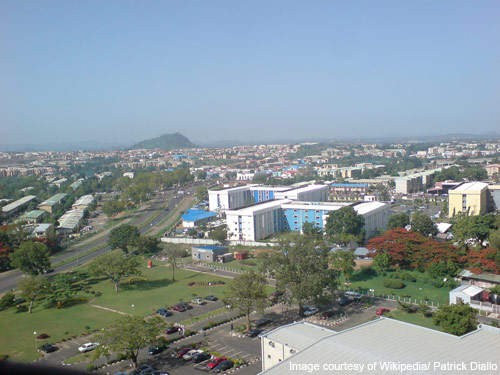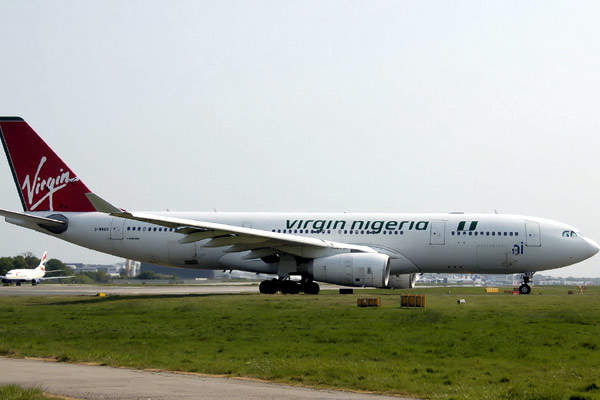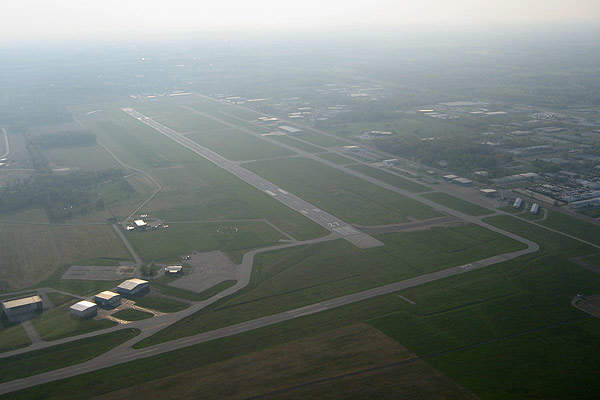Nnamdi Azikiwe International Airport is the prime international airport of the capital city of Nigeria, Abuja. Situated in the Federal Capital Territory, Nigeria, it is located 40km from Abuja. Owned by the Federal Airports Authority of Nigeria (FAAN), it is named after the first President of Nigeria, Dr Nnamdi Azikiwe.
The airport has a single runway and two terminals. In 2008, it handled 2,746,359 passengers and recorded 46,648 aircraft movements. Passenger traffic at the airport is increasing with around 1,459,152 passengers having used the airport between January and June 2009.
In order to cope with increasing passenger numbers, the Federal Government of Nigeria approved the expansion of the airport.
Nnamdi Azikiwe airport expansion
The first phase of expansion has been completed, with the latest equipment having been installed at the airport. This included the installation of state-of-the-art radar systems, a control tower, hangars and the construction of two terminal buildings.
A presidential wing, hangar, guest chalet and lounge were also developed. The air traffic control tower was refurbished as part of the government-led Safe Tower project.
The second phase is currently being executed. A new runway is being constructed at the airport as part of this, which will replace the existing 27-year-old runway at the airport. The construction of the runway will help in making the airport as a hub for the western Africa.
Other improvements include the construction of a parallel taxiway, the first module of an international terminal building, a fire fighting station, a lounge and access roads leading to the airport.
A dual carriageway that connects to the airport is also undergoing rehabilitation with an estimated investment of N120m ($795,120). The dual carriageway is likely to be expanded to four lanes with the addition of interchanges.
Airport expansion contractors
The Federal Executive Council awarded a N63.5bn ($421m) contract to Julius Berger for the design and construction of the second runway. Construction will take two years. Julius Berger is the largest infrastructure company in Nigeria in terms of activity and has been involved in other airport renovation projects in the country.
Julius Berger was previously awarded the construction contract for the development of taxiways and terminal buildings at the airport in 1993. In 2002, during the installation of navigational aids, radar and airfield lightning at the airport, Elektronik Projekt Service was the consultant for the site survey, designing recommendations and working on the budgetary cost estimate of the project.
On 13 November 2006, the FAAN signed a deal worth an estimated $100m with Abuja Gateway Consortium to manage the airport for 25 years. A consortium made up of Airline Services Limited, Asset and Resource Management, NairaNet Technologies, AG Ferrero and Airport Consulting Vienna was awarded the airport management contract under a public-private-partnership.
The consortium will also construct and manage an airport hotel, car parks, shopping malls and a warehouse.
The Terminal Radar Approach Control unit at the airport was installed by Thales of France.
Airport runway
The airport currently has one runway (04/22). The runway is 3,609m long and has an asphalt surface.
Nnamdi Azikiwe airport systems
The airport’s navigation system features an instrument landing system and a frequency of 111.9MHZ CH56. The airport’s radio navigation system, the VHF omni-directional radio range, and distance measuring equipment are from Alcatel. The equipment uses ABC frequency 116.3MHZ CH 110X and locator beacon AG on 321KHZ.












